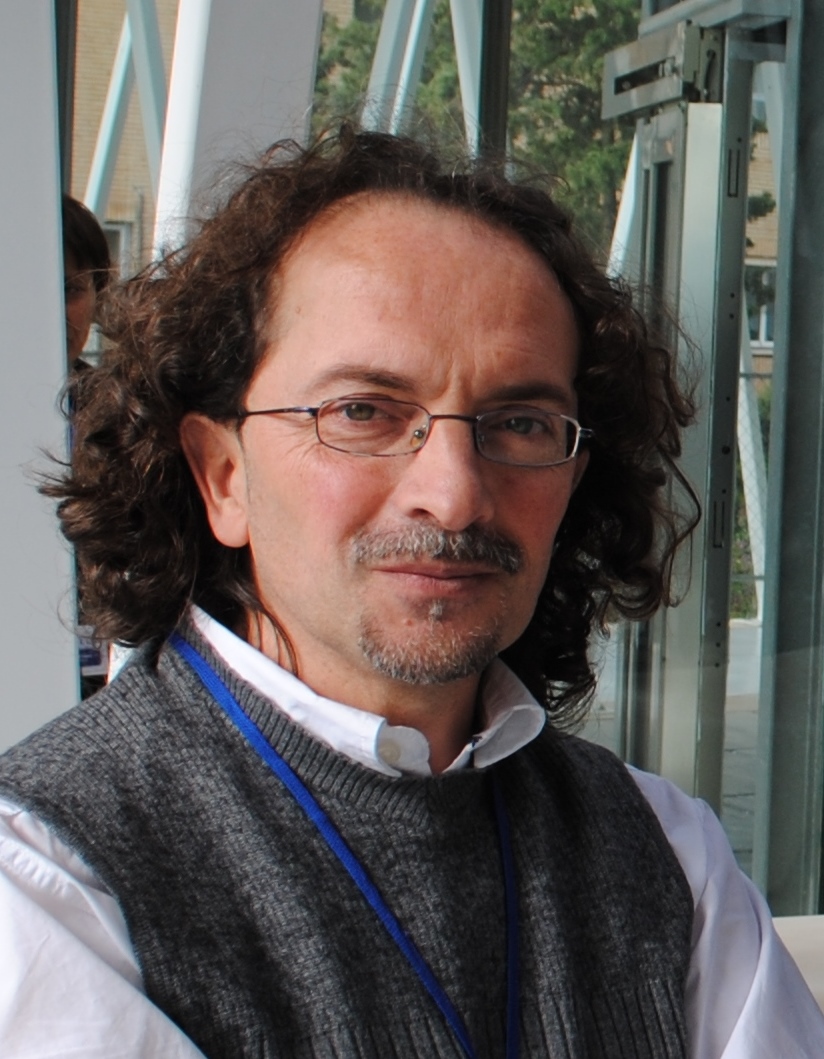Communication
Sudoe News
POLL OLE GI: “ There is a massive disappearance of insects. Meta-analysis highlight that around 70% of insects are disappearing, what is very worrying.”
Categoría Management of projects approved
This week, we had a nice talk with Juan Carlos Rad Moradillo, professor and researcher from the University of Burgos and manager of Poll Ole Gi project – a project for the biodiversity’s promotion and pollinatting insects’ protection. + info

Tell us more about Poll Ole Gi.
Poll Ole Gi is a project which promotes the biodiversity in the agriculture and mainly, in intensive crops, widespread in Southwestern Europe. This biodiversity’s promotion is made through the creation of green structures. In our case, when we talk about green structures, we refer to the creation of islands in agricultural fields. Those islands have an adapted vegetation to pollinatting insects. We aim at having an attractive floral vegetation which provides food and refuge to this insects’ community, as long as posible. Poll Ole Gi focuses on oleaginous plants as this kind of crops requires pollination by insects and those islands favor the natural pollination.
How many islands do you have? How do you create those islands?
In Spain, we have 21 islands. For their creation, we save a part of the agricultural surface to sow a set of 12 seeds previously tested. Those seeds are attractive for pollinating insects, they provide a balanced diet and flower more or less, in a regular basis, from end of March to the sunseed blooming, which is more or less betwenn June and August. In the islands, we apply compost in order to get a richer surface even if it is not always necessary as, usually, those fields count on residual nutrients and all those plants do not require a lot of nutrients. We also implement nest of pollinating insects which are made with canes of different sizes in order to attract pollinatting insects.
Those days, we talk a lot about the massive dissapearance of the pollinating insects. Why is this happening? What are the consequencies?
This a very serious problema. ¾ of most common crops, on which we depend, require entomophilous pollination. Climate change is one of the reasons. This is an evidence that there is a change regarding seasons cycle and somehow, the gemological rythm of plants and the phenological rythm of insects which before were associated, are not anymore. All of this can’t be avoided: climate change is real and it seems that we are not able to change it but we need to do something in order to mitigate its effects- Another reason is related to the kind of agriculture we develop. This is a very intensive agriculture, which uses toxins and even if they are under control and their use has been reduced, they are toxic component which remain and pass on the plants’ pollen and therefore, have an impact on insects and so, on pollinating insects. Because of that, it is essential to take some measures: in our case, we tested the use of biochar which is similar to the charcoal and acts as a barrier. Another measure is the one taken by our French partners who study the effects of reducing weed-killers in order to have a spontaneous diverse vegetation in the agricultural fields which helps the pollinating insects.
What are the benefits of transnational cooperation in this context?
We focus on a common kind of agriculture in South-western Europe. Our climates are different but the study mechanisms, as the inventory of pollinating insects, have been developped according to the same methodology- This is very important as sometimes, you can deal with loss of biodiversity very difficult to compare as the methodologies used are different.
Is this model exportable to other European areas?
Yes. Indeed, we will add our data to open data, probably through a scientific publication which will be available to the international community. This is evident that there is an interest as there are not many studies of this kind in the agricultural world and less concerning the Spanish penínsular inland.
We are living a momentum of climate activism. With the 15th March global strike, we saw young people requiring a climate change’s break, governments are betting on ecological projects, etc. In your opinion, which measures could we implement to break what is happening?
The first measure could be diversifying the crops and establishing, through crops rotation, a break in the species uniformity. And above all, we need to put as many breaks as we can to the pathogenic widening in our agriculture. The more diverse it is, the more limited the environment’s attacks will be. Also, regarding climate change, we can implement other methodologies. We talk a lot about conservation’s agriculture which could be combined with vegetal coverage for instance. In Spain , we use and promote seeded fallows, it means not letting any uncultivated lands without vegetal protection.
At European Level, which measures should be taken to protect pollinating insects?
The most important would be to take care of multifunctional edges, meaning establishing transtion’s area between arable and natural areas, and also corridors.
What is the amount of pollinating insects which are disappearing and how much can a project such as Poll Ole Gi reduce this extinction?
There is a massive disappearance of insects. Meta-analysis highlight that around 70% of insects biomass is disappearing, what is very worrying. We have quantitative data which show that in our islands, pollinating insects are increasing significantly.
What is your opinion regarding the future of pollinating insects?
We have a more technical agriculture. For instance, there are drones which pollinate, some greenhouses use species to pollinate, in other crops, they use manual pollinating etc. But for our intensive agriculture, those systems are imposible. What we need to do is to use low cost tools and naturalize what we destroyed.



